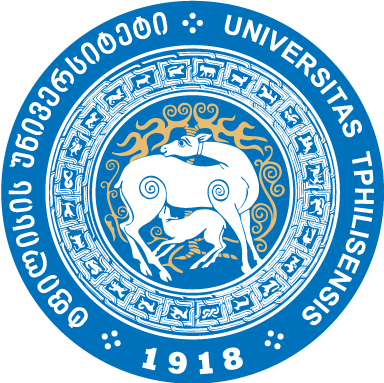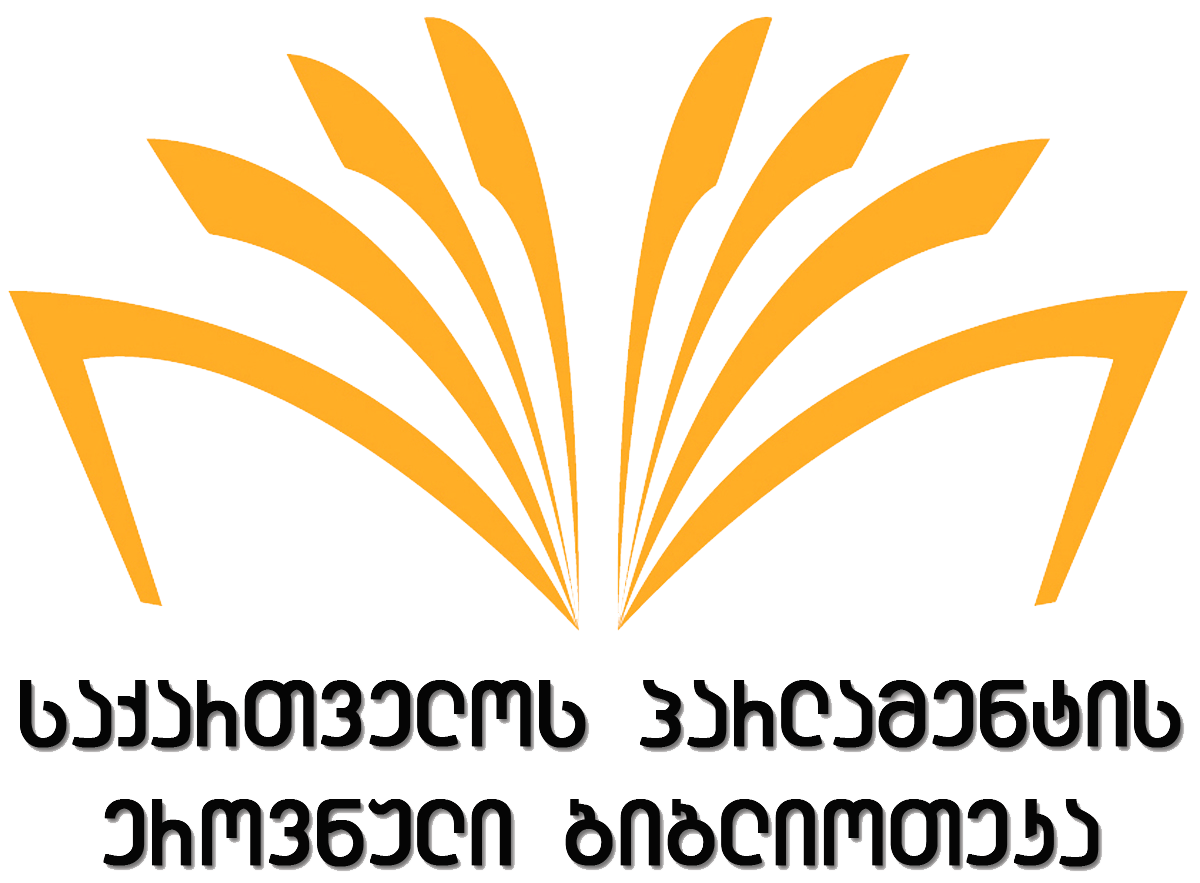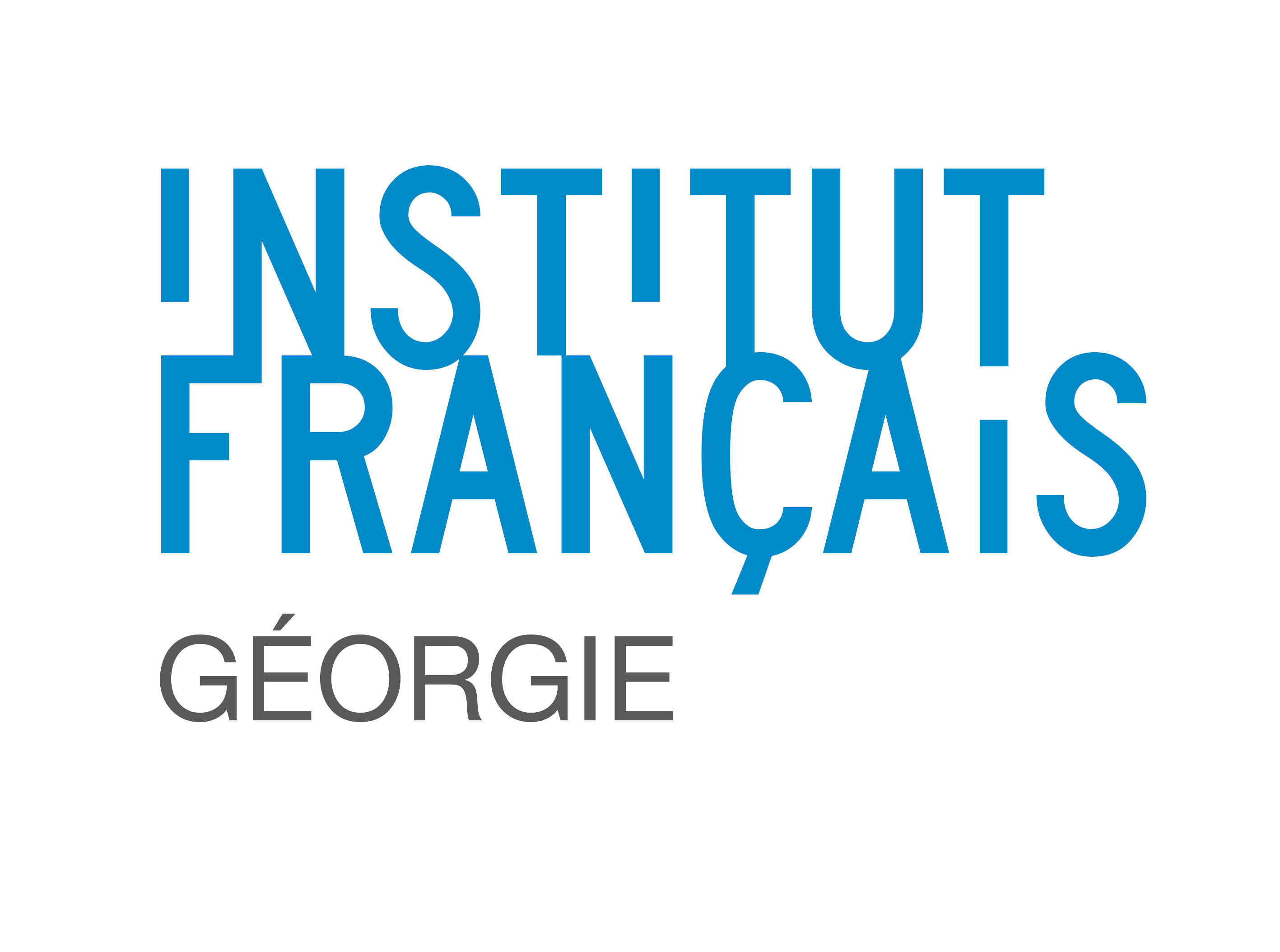022- Kabbalist Literatures of Modernity
Organized by: ICLA Research Committee of Religion, Ethics, and Literature
Prof. Kitty Millet
English
Located in Safed, during the sixteenth century, Isaac Luria introduces a “new kabbalah” organized around three key terms, withdrawal or tsimtsum, an act in which God recedes into hidden depths in order to enable creation to take place, exile or galut, and repair or tikkun, the act necessary because of exile. By the eighteenth-century, the Czech leader of Prague’s Frankist circle, Jonas Wehle, associates these three acts with elements in Kantian aesthetic experience. Kantian philosophy becomes a kabbalist code, true “believers” can read. Subjective liberation begins with an “inward turn,” a receding away from the world of the senses, followed by the pleasure and pain of the faculties in conflict with each other, ending with the tikkun of liberation. In Prussia, German Jewish writers, like Heinrich Heine, adopt discrete elements of Luria’s kabbalah to describe Judah ben Halevi’s compulsion to “push out” (darstellen) from the ghetto in order to follow poesie through the streets of the Gentile world. Gershom Scholem links these projects historically through a human desire to “paraphrase transcendence.” By the early twentieth-century, Kafka refocuses kabbalah around an alienation that can never be resolved. While the subject strives to reach the end of an interminable exile, where transcendence awaits, routinely the efforts of galut and tikkun prove futile. Scholem identifies this element in Kafka as a “new kabbalah,” Kafka understands it though to be a failed redemption. By the late twentieth-century, a “new kabbalah” in American literature, proposes a series of compromised messiahs who emerge offering questionable redemptions. In this way, the kabbalistic principles of withdrawal, exile, and repair still animate an array of literary traditions globally. This seminar looks at kabbalist literatures of modernity in order to about how they might shape modern aesthetic experience and why that effect might be important.
The Project was supported by Shota Rustaveli National Science Foundation of Georgia (SRNSFG) [grant number MG-ISE-22-170]












_001.png)



